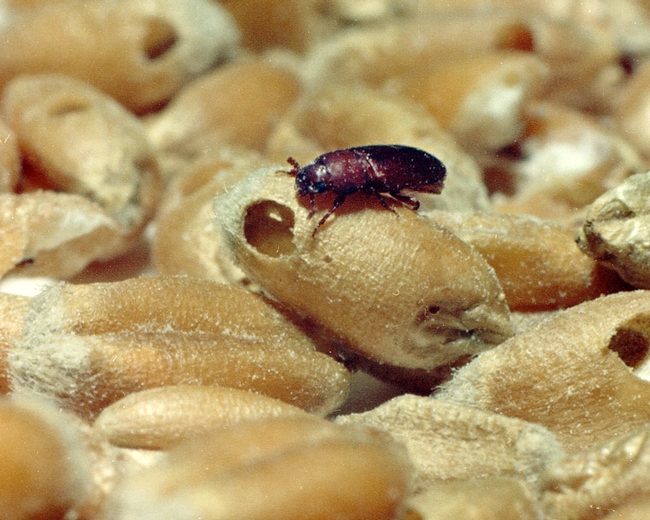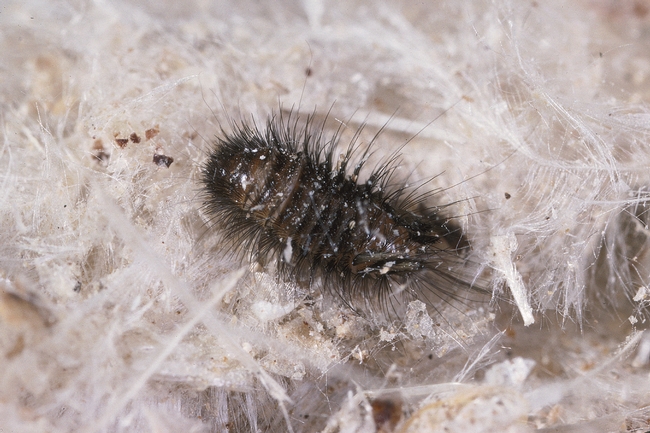While we continue to spend more time than usual indoors, you may have noticed a few unexpected (and perhaps unwanted) co-occupants like ants, cockroaches, or mice. Luckily, UC IPM has a series of fact sheets called Pest Notes to help you identify and manage hundreds of different pests in and around the home, only a portion of which might come indoors.
Any room in the home can attract and harbor indoor pests including kitchens, pantries, bathrooms, closets, storage areas, or other living spaces. Prevent and reduce indoor pest problems by cleaning and decluttering indoor spaces. This removes access to food, water, and shelter for pests such as ants, carpet beetles, rodents, and pantry insects. Find out where the pests are entering your home and prevent them from getting in. Keep reading for tips that will help limit potential infestations.
Kitchen and Pantries

Living Spaces and Closets

Storage Areas
Garages, basements, attics, and other storage spaces can also attract unwanted pests. When possible, seal cracks and openings in foundations and around doors, windows, pipes, wires, and vents to reduce access to these areas by rats, mice, or raccoons. Use snap traps to control rats and mice indoors. Organize belongings in airtight containers such as plastic bins to keep out carpet beetles, mice, and silverfish. Store bins off the floor and away from walls to reduce clutter in storage areas.
Houseplants
Houseplants may be attacked by pests that are typically found outdoors including scale insects, mites, mealybugs, whiteflies, or fungus gnats. However, indoor management of these pests can differ from methods recommended for outdoor plants. Houseplant leaves and stems can be washed with water to remove soft bodied insects and mites. Use sticky traps to reduce fungus gnat populations by trapping adult gnats and adjust your watering. Pesticides such as insecticidal soap or horticultural oil may help control some of these pests but be sure products are labeled for indoor use on the houseplant species and against the pest you have identified. See the recently published Pest Notes: Houseplant Problems for more information.
Found a spider? Before you squish it, remember that spiders are predators which are beneficial and help control other pests around the home. If you are comfortable, let the spider be or capture and release it outside. See this video on how to do it.
Another visitor you might spot is a house centipede, but these invertebrates are also beneficial and do not damage plants or household items.
Wherever you may find pests in the home, use integrated pest management (IPM) to solve your specific pest problem. The combination of science-based methods suggested above will help exclude and manage pests so you can reduce any undesired co-occupants.
You can find much more information about all the pests mentioned in this article in the UC IPM Pest Notes publications located in the Household Pests section online.
[Original article published in the Winter 2020 issue of the Retail Newsletter.]
Author - Associate Director for Urban & Community IPM/ Area Urban IPM Advisor